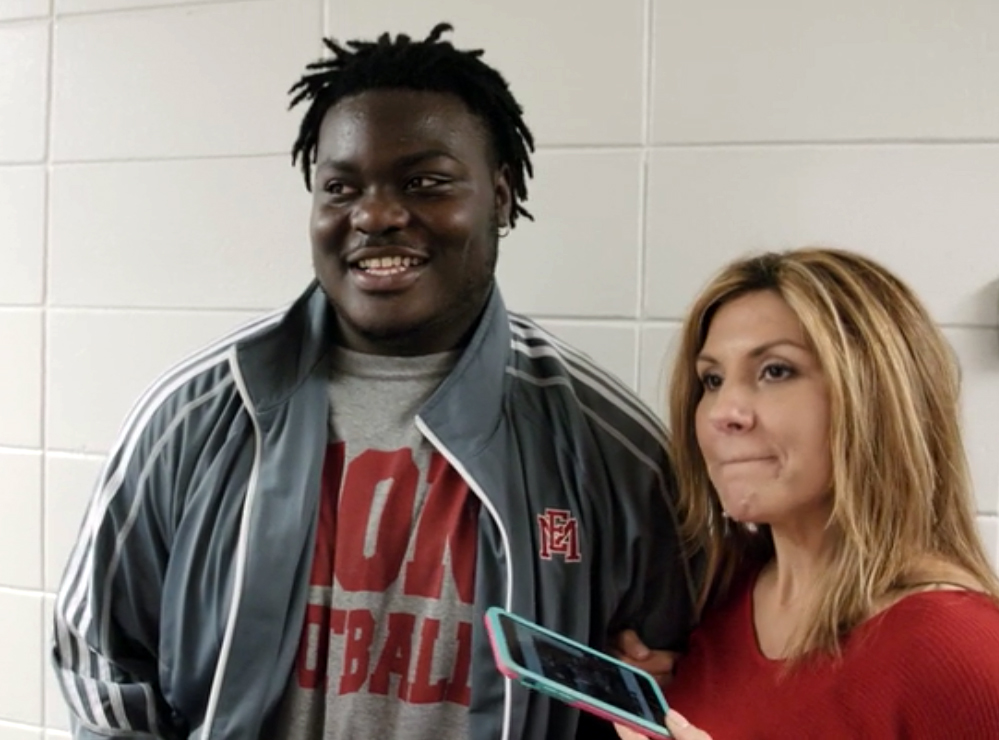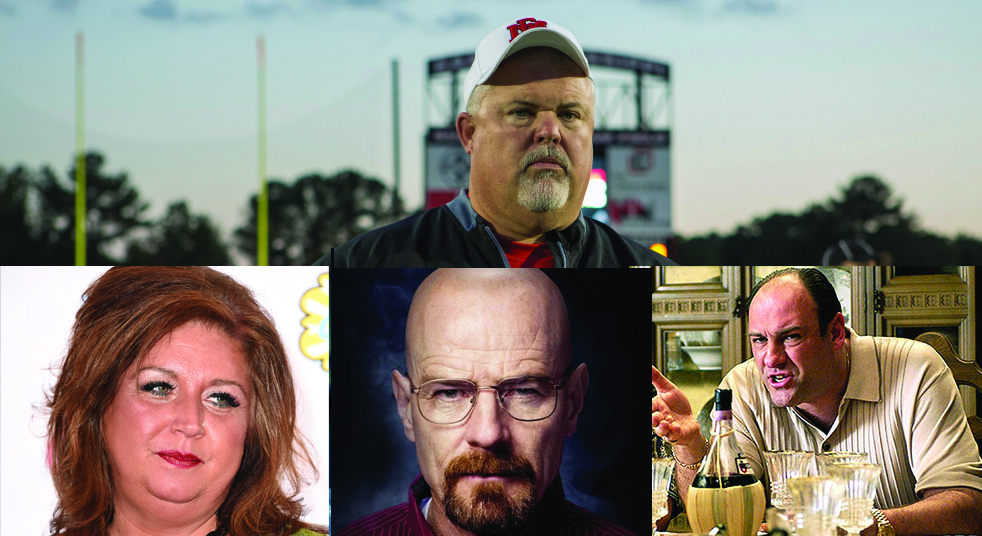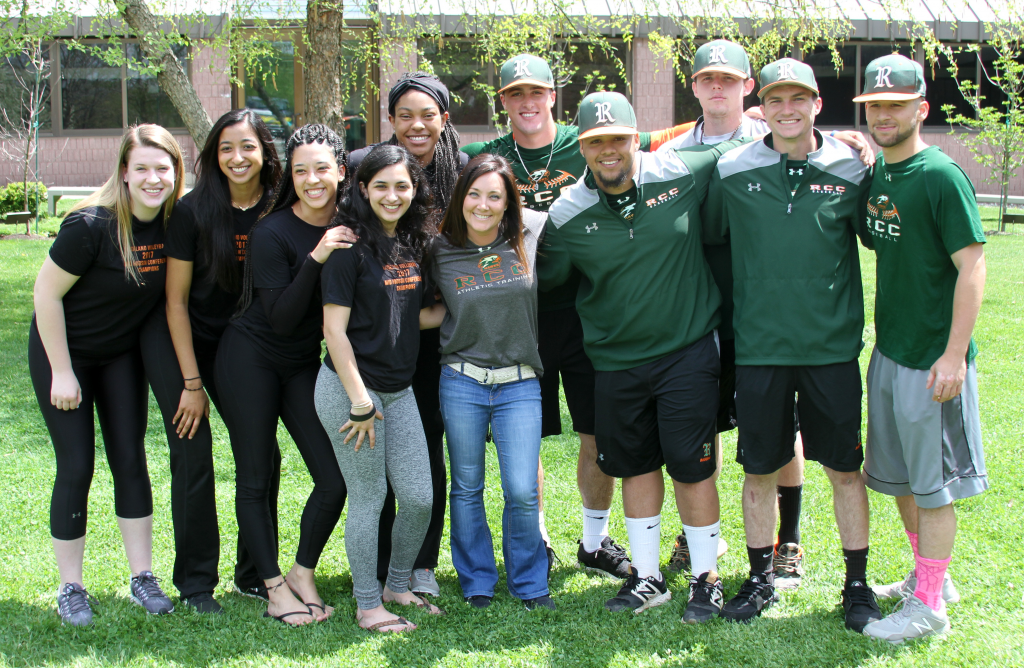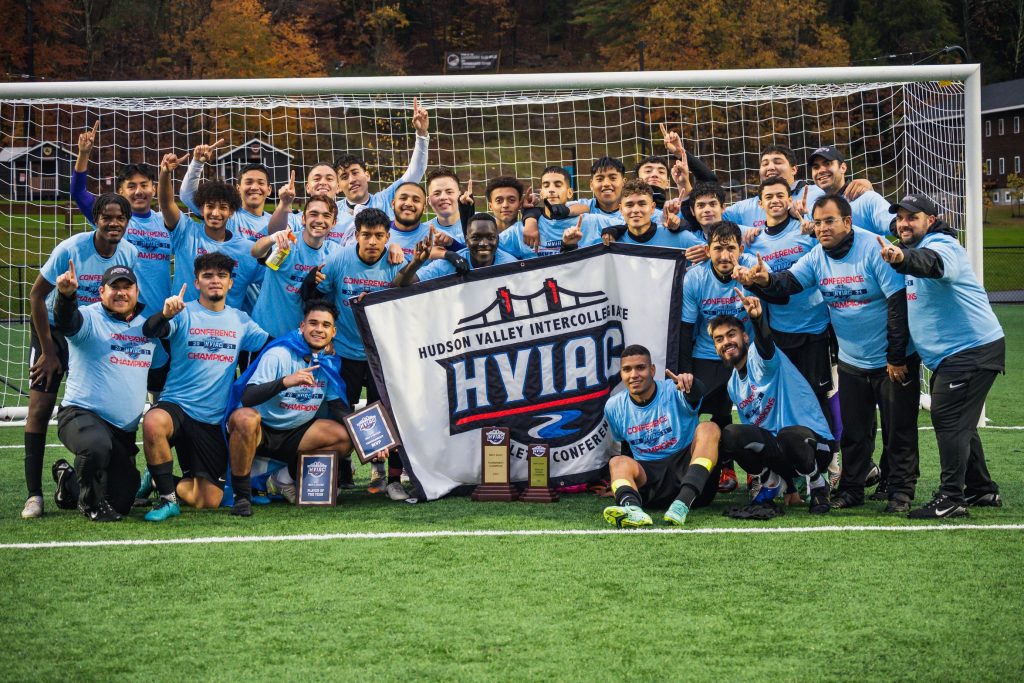By Darren Johnson
Campus News
It took “Last Chance U,” the Netflix docuseries embedded in one of the country’s top junior college football programs, only two seasons to do what it took other boss-driven dramas like “Dance Moms,” “Breaking Bad” and “The Sopranos” at least five seasons to do — give us a likeable tough person who transforms into a bullying anti-hero. Amazing work by directors Greg Whiteley and Adam Ridley!
“Last Chance U” takes us to backwater Scooba, Mississippi, and East Mississippi Community College (EMCC) where enterprising football coach Buddy Stephens has taken advantage of a loophole in NCAA rules — if a player leaves one NCAA college, for whatever reason, they cannot play for another NCAA college for at least one full year. The rule is in place so that players don’t go from team to team, but some players are let go for criminal or other behavioral issues, or bad grades.
So the best chance a banned NCAA player has to get back to the big time — and a shot at the pros — is to take that year and play at a decent community college, do well — both athletically and academically — and then hopefully be recruited by a new Division I NCAA college. Other players don’t have the minimum SAT scores to get into DI schools to begin with. They can go to a community college as freshmen to bypass the SAT requirement.

Stephens knows this desperation — of mostly poor black youth — and uses that to fill his roster with some of the most talented castaways in the country. He constantly reminds them of the opportunity he is providing them.
Unlike HBO’s “Hard Knocks,” which is based on the NFL but has a similar theme, “Last Chance U” isn’t near-real-time. Season 1 was filmed in 2015 and released last year and Season 2 was filmed last year and was just uploaded this month. Each episode ends with a game, and it’s hard not to Google the outcomes beforehand. There is talk of Season 3, but considering what transpired in Season 2, maybe Whiteley and Ridley will want to move on to some other school.
In Season 1, we find a relatively relatable Stephens, coming off of yet another national championship season, and we meet several likeable players, assistant coaches and an academic success advisor, Brittany Wagner, who is charged to make sure the players go to class and do their assignments — a herculean task, considering how much these students rebel against academics, as easy as the classes seem to be at EMCC. She has to counsel these students on the basics many elementary school kids have already mastered and broker deals with their browbeaten professors.
Wagner becomes a breakout star in this series, and, by Season 2, she’s understandably disillusioned and burned out. As for Stephens, we realize — like Abby Lee Miller, Walter White and Tony Soprano — we’re not rooting for a hero but an anti-hero. A person who becomes a bully, using people for his own gain. Miller, for example, recently was interviewed on television before her jail sentence for bankruptcy fraud, and revealed that she doesn’t keep in contact with any of her former students. Her “tough love” really had no love in it. It was just posturing and manipulation. The same went for Walter White when we find him turning on Mike and then Jesse. And in the final season of “The Sopranos,” we find Tony’s psychiatrist canning him when she finally realizes his going to her office was just narcissistic validation for his sociopathic behavior.
Hence, we find out that Stephens is much like these other TV anti-heroes. Former and current players are interviewed in Season 2 with no kind words to say. He doesn’t keep in touch with them. He forces out his defensive coach as well as his wonderful offensive coordinator, Marcus Wood, the coach who seemed to really relate to the players on a personal level, including bringing them to his house for bible study.
Season 1 ends with the coach losing control of his emotions and team, turning on them and calling them “thugs,” and the team having to forfeit their last game after a brawl when Stephens decided to call a time out so that he could further run up the score on a hapless team. This brawl bleeds into Season 2, because EMCC is forced to play their first game with only 30 players, several of them out of position, due to the one-game disqualifications from the previous season. They lose that first game, and by the end of Season 2, the loss keeps them from being allowed to compete in the national championship game.
Season 2, during President Trump’s election year, also explores the white-black relationship between the town and the players (Stephens’ second-season team is virtually all black, compared to more of a mix in the first season; and he adds on some players with legal, disciplinary and behavioral issues). Particularly poignant is when the directors visit winless Coahoma Community College and a comparison can be drawn between a team with very limited resources and the football-proud EMCC, which pretty much runs like an NCAA DI program, with extensive game films, a stadium, band, cheerleaders, branded uniforms and buses, artificial turf and Ms. Wagner — and why do only football players get such an academic liaison — don’t non-athlete community college students need such academic coaching, too?
If there is to be a Season 3 of “Last Chance U” at EMCC, the directors are going to have to lay down firmer ground rules, as the tantrumming Stephens often swiped at and chased away the cameras in Season 2. He is about to fully explode — and the show is feeding this madness to a degree.
With most of the likeable characters also chased away, I’m not sure we, the viewers, can get invested again in this series. If there is a Season 3, it’s going to be dark. Maybe not blow-up-a-meth-lab dark, but dark, nonetheless.







Facebook Comments